The Oodnadatta Track follows the route of the old Ghan Railway line and runs from the North of the Flinders Ranges starting in the town of Maree through to the small town of Marla on the Stuart Highway in South Australia. Typically most tourists travel from the south eastern states through to the Northern Territory on the bitumen roads, but the alternative is to use this gravel track and skirt around the bottom of Lake Eyre.
This is what we decided to do and having never travelled the track, we were unsure of what lay ahead of us. Some research before leaving home suggested that the track can often be rutted and can also close at short notice if there is rain. We expected that the travelling speed on the track would be much lower than using the conventional bitumen Stuart Highway, however we were pleasantly surprised to find that the Oodnadatta Track was a well travelled and well maintained dirt superhighway.
Whilst our progress was somewhat slowed by the constant stops along the way to take in the sights and sounds, we were also able to cruise most of the time at over 80km/h. With the amount of unusual weather in the outback prior to us leaving, it was always going to be a gamble to see if the road was even open. If you make it to Maree and the track is closed, it is a 500km detour to use the alternate bitumen road.
With the thought of rain in the back of our minds, we were also fascinated by the number of floodways that cross the track with flood marker indicators standing out as an obvious warning of the trouble you could get yourself into if caught in a storm. There was also plenty of evidence of recent rains that had left their mark on the outback. Many waterholes, creeks and areas adjacent to floodways were still full and the green expanses of flora and scrub were flourishing from the rains.
Less than two weeks after we travelled across the track, the rains were back and the roads closed forcing travellers to sit it out, including some friends of ours who witnessed the floodways with over one metre of water steadily flowing across the roadway.
It is incredible just how flat it is along this route. The horizon stretches as far as the eye can see and the landscape is baren except for the scattering of undergrowth and scrub. Occasionaly a small range of hills will come into view and dissapear just as quickly. All the while the old Ghan Railway remnants follow along side the straight lengths of dirt road.
As the name suggests, the track goes through a town called Oodnadatta, which until we travelled this road we had no idea that it even existed. Oodnadatta is one of a few towns along the track and consists of the Pink Roadhouse, a pub and a general store. There is also a museum in the old ralway station, but if you need to get information on anything Oodnadatta, then the Pink Roadhouse is the source of all things Oodnadatta, including track conditions and all the best tourist attractions along the entire length. They have a detailed web site that allows travellers to plan and get information on the Oodnadatta Track before leaving the comfort of home. Apparently they also sell fuel!
Track ArtOne feature are the larger than life sculptures that suddenly appear on the side of the road. A couple of areoplanes mounted on their tails with the wings bolted together are probably the least unusual. The robot looking sculpture of a human holding a baby, made from engine and gearbox components certainly rates as one of the strangest things you’ll discover on your trip across the Tirari Desert.
As the track reaches the southern edge of Lake Eyre, a number of sand ridges stretch out into the distance and are some of the only decent sized sand dunes in this part of the desert. It is a good spot to stop and provides a great opportunity to stretch the legs and take in the expanse of the bright white salt fl ats of Lake Eyre. On this visit we were hoping to see water in the lake as the recent rains were expected to start filling the lake. However the lake does take some time to fill and unfortunately we had to accept a dry shoreline on this occasion.
The road conditions on the Oodnadatt a Track were remarkably good for the entire length and prior to leaving Sydney the only concern we had for the trip across South Australia was flat tyres, however this was soon put behind us as we ventured further along without any tyre issues to be had. If there was going to be tyre problems needing repairs, the only other town on the Oodnadatta Track is William Creek. This town, like Oodnadatta itself, is only a small group of houses, a pub and a fuel stop which also stocks a range of tyres.
The population of William Creek is supposedly just six and whilst in town, we think we only saw one of them. There is some interesting sights to see none the less, such as the small park opposite the pub. In this park you’ll find many relics from the Ghan Railway and the construction machinery. But what is more interesting is the crashed rockets. The desert area around William Creek has often become the landing site for rocket tests launched from Woomera. One of the rocket fragments comes from the Black Arrow rocket. This rocket was part of Great Britains only successful space launch and stage one of the rocket was recovered from the nearby Anna Creek Station, which is the largest cattle station in the world.
We didn’t see any cattle while passing by, in fact we didn’t see much wildlife at all. We were expecting to see an abundance of Kangaroos and Emus, as we had on previous ventures into the outback, however our only real encounter with native animals was a single dingo just outside William Creek. William creek is also where the road joins from Coober Pedy, and whilst we were not travelling that direction on our way across the Oodnadatta Track, we would spend the night there on the way back.
Along the Oodnadatta Track are many diversions and if you are in a hurry then you should avoid them at all costs because they will slow down your progress significantly. However, if you want to take in some of the many wonders of the desert then you should visit the Wabma Kadarbu Mound Springs Conservation Park.
The park is not far from Coward Springs Camping Area and is only about four kilometres south off the Oodnadatta Track. The road into the springs was in appalling condition and the corrugations were deep and bone jarring making it a slow trip in. The springs themselves are made up of two main artesian spring water holes called The Bubbler and Blanche Cup. These two springs are large holes in the desert with water permanently seeping to the surface from the great artesian basin. The sand and mineral rich water coming out of the springs has formed raised mounds surrounded by water grasses and salt flats. There is also a hill nearby which is a dormant mound spring that has closed up, however the small hill is an obvious landmark in a very flat environment.
The route of the Ghan railway line and the Overland Telegraph was significantly influenced by both these springs and Coward Springs providing a source of water for these two projects. Aboriginal people have also used these springs for hundreds of years. The Coward Springs Camping Area is an oasis in the desert and is a great place to stop for the night. Located on the site of a heritage listed Railway Station that was built in 1888. The station was abandoned in 1980 when the line stopped operations. The abandoned buildings have been restored and facilities have been added to the site in an outback rustic style. The addition of a spa built into the natural springs is a refreshing spot to take a dip and is surrounded by Athel Pines and Date Palms. It’s also popular with snakes and we were fortunate to stay clear of them despite one being sighted outside the toilet area.
The GhanThe Old Ghan railway is one of the most fascinating aspects of the Oodnadatta track. The railway follows the track all the way from Marree in the east through to Oodnadatt a in the west. As you travel the track, there are constant reminders of the amazing eff ort that was required to build the line. Considering that the railway was built in the late 1800’s, the engineering and earth works are quite signifi cant. In 1891 the track was opened up to Oodnadatta and then it was extended through to Alice Springs and began services to there in 1929. It was then that it became known as the ‘Afghan Express’ and later became just the ‘Ghan’. During the second world war the track became a major thoroughfare for troops and equipment and there were up to 56 trains a week making the journey from Port Augusta to Alice Springs. The line closed in 1980 and many of the buildings along the track are now in ruins but make for some very interesting exploring.
The salt base of South Lake Eyre stretches as far as the eye can see. The large amount of rain in South Western and Central Queensland is flowing into the lakes, however has not made it as far south as here just yet. Lake Eyre typically fills once every 25 years, however flood waters reach the lake far more often. Lake Eyre is an extensive ‘salt sink’ and has only filled to capacity three times in the past 150 years, the last in 1974. When full, it becomes the biggest lake in Australia and has been used as a drag strip for various land speed records.


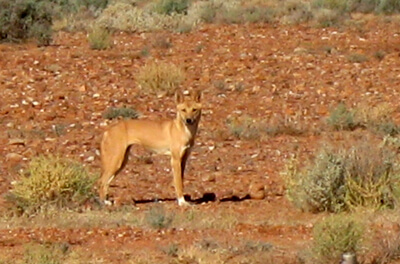





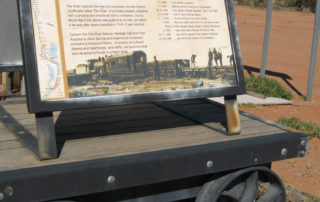
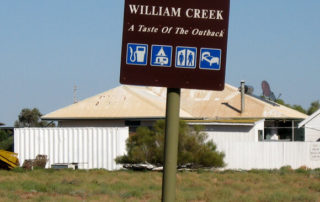
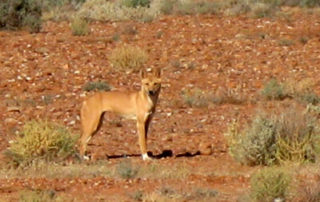
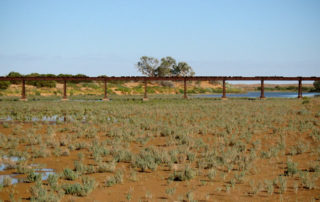
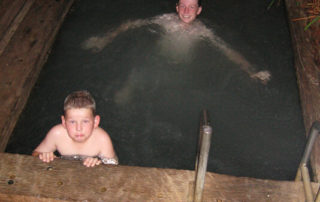
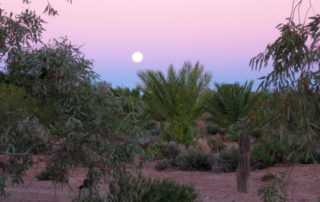
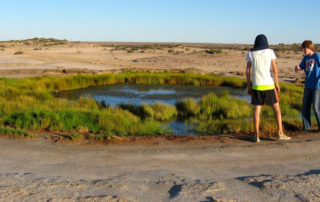
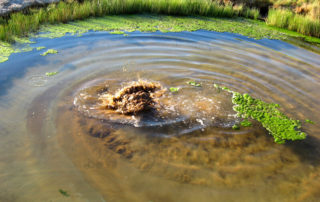
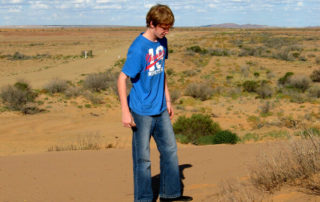
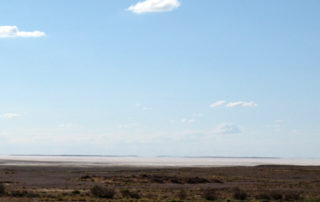
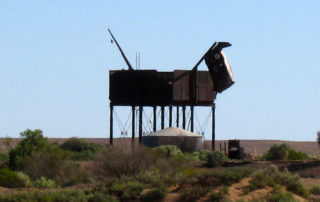
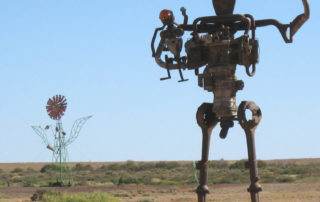
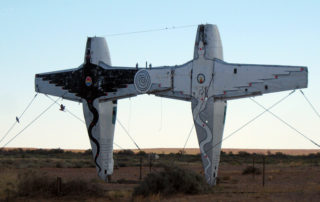
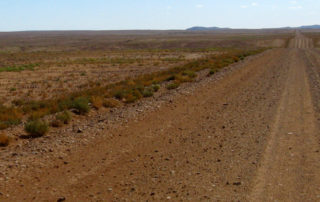
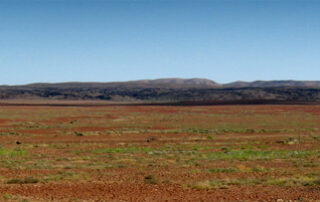
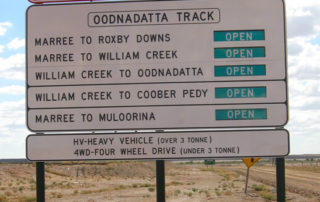
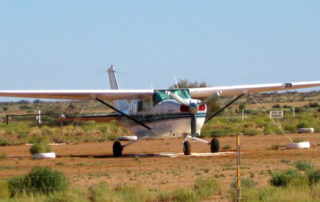
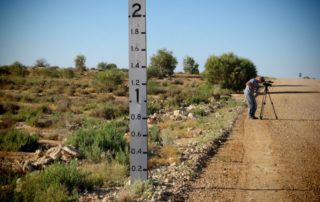
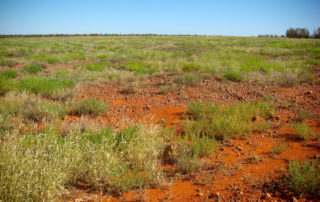
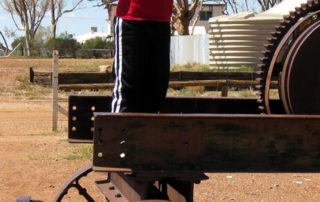
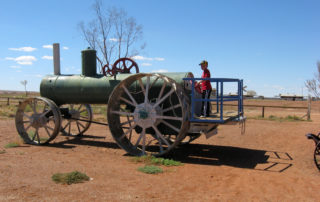
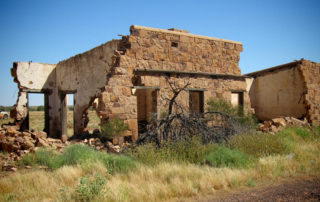
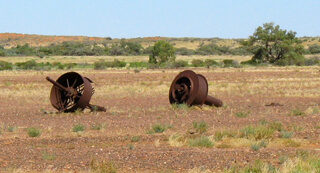











Leave A Comment
You must be logged in to post a comment.